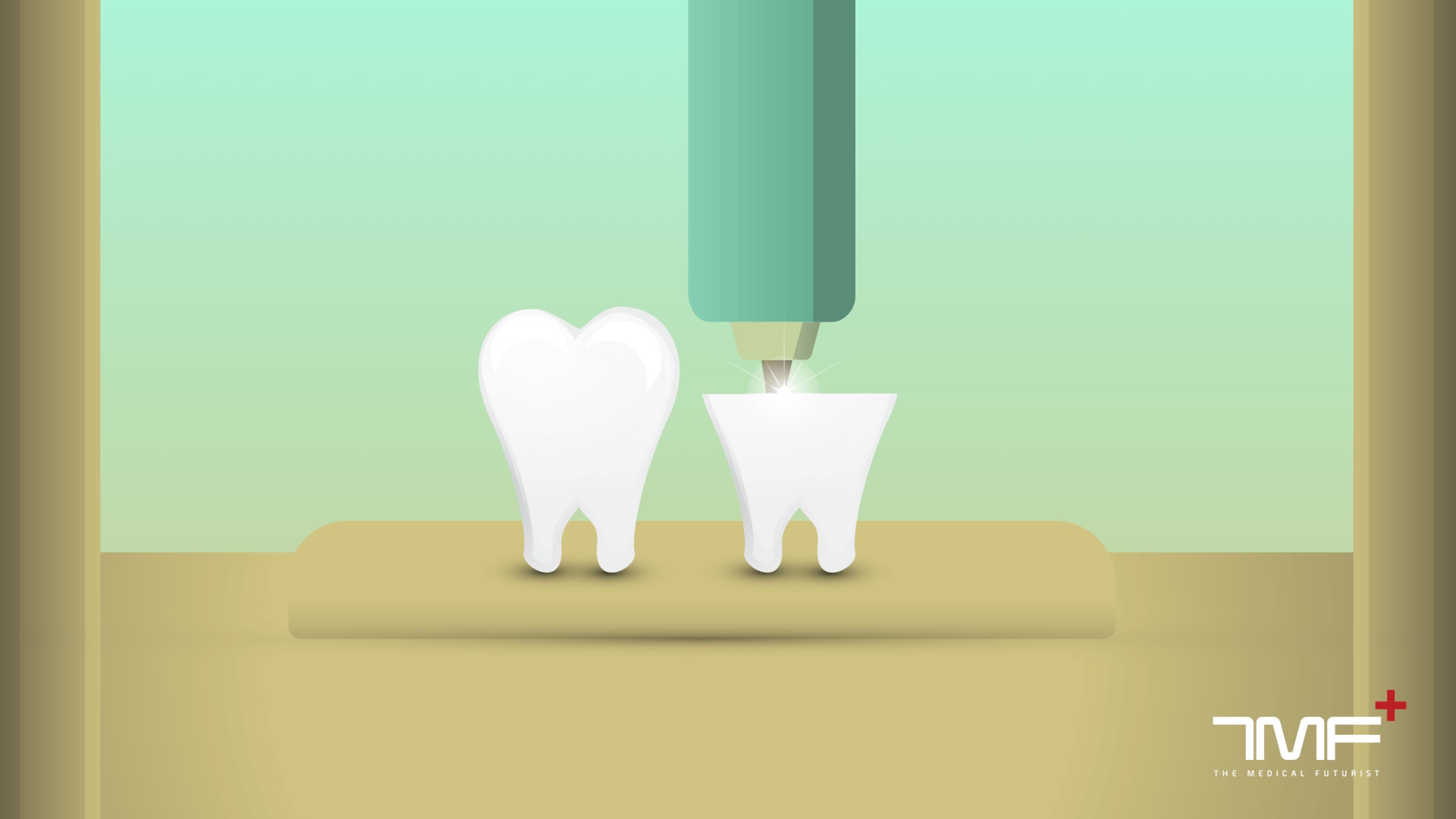
@ShahidNShah


3D Printing in Medicine: in recent years 3D printing in medicine took a massive leap. Check out our analysis of where this exciting field stands today!
Read on medicalfuturist.com
3D printing in medicine holds enormous potential and is making significant strides in revolutionizing healthcare. This innovative process, known as additive manufacturing, creates three-dimensional solid objects from digital files, offering a wide range of possibilities for healthcare applications. Here are some key areas where 3D printing is making a difference in medicine:
Personalized Medical Equipment: 3D printing enables the cost-effective production of medical equipment, such as splints and casts. For example, a high school student developed a blueprint for 3D-printed finger splints that can be produced quickly and affordably, offering a cost-effective solution for remote communities. Additionally, 3D printing played a crucial role in producing personal protective equipment during the COVID-19 pandemic.
Models for Surgical Planning and Education: 3D-printed models of tumors, organs, and body parts assist in medical research, complex surgical planning, and education. These models help researchers understand diseases, discover new drugs, and improve surgical outcomes. They are particularly valuable for fetal surgery planning in cases like spina bifida.
Prosthetics and Implants: 3D printing has transformed the production of prosthetic limbs, making them more affordable and customizable. Organizations have used 3D printing to provide prosthetics for people in developing countries and conflict zones. Additionally, 3D printing is used to create personalized medical implants, like custom skull implants, which can be vital in complex medical cases.
3D Printing of Biomaterials: 3D printing technology is used for tissue engineering, allowing the creation of blood vessels, bones, heart valves, ears, noses, synthetic skin, and even organs. Researchers are working to develop functioning artificial blood vessels and are making progress in 3D-printing bone structures. Advances in this area are enhancing the potential for creating living skin and, eventually, fully functional human organs.
3D-Printed Drugs: The pharmaceutical industry is exploring 3D printing for personalized drug production. The FDA has approved several 3D-printed drugs, including those designed for children. This technology allows the creation of drugs tailored to individual patients' needs, offering potential benefits in terms of dosage and formulation.
Polypill Production: 3D printing can produce multiple medications in a single pill, known as a polypill. The technology has the potential to revolutionize medication distribution and the pharmaceutical supply chain. Devices like the "M3DIMAKER" can print personalized medications quickly and efficiently.
Overall, 3D printing is transforming various aspects of healthcare, from personalized medical equipment to tissue engineering, and it holds the promise of further advancements in the coming years.
Continue reading at medicalfuturist.com
Emory University has launched the Emory Empathetic AI for Health Institute as part of its AI.Humanity initiative to leverage AI and big dataRead on hitconsultant.net
Posted Nov 8, 2023 Health Inequities Artificial Intelligence
Connecting innovation decision makers to authoritative information, institutions, people and insights.
Medigy accurately delivers healthcare and technology information, news and insight from around the world.
Medigy surfaces the world's best crowdsourced health tech offerings with social interactions and peer reviews.
© 2025 Netspective Foundation, Inc. All Rights Reserved.
Built on Jun 30, 2025 at 6:08am